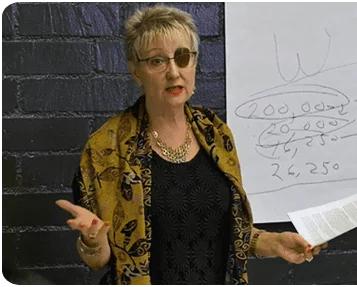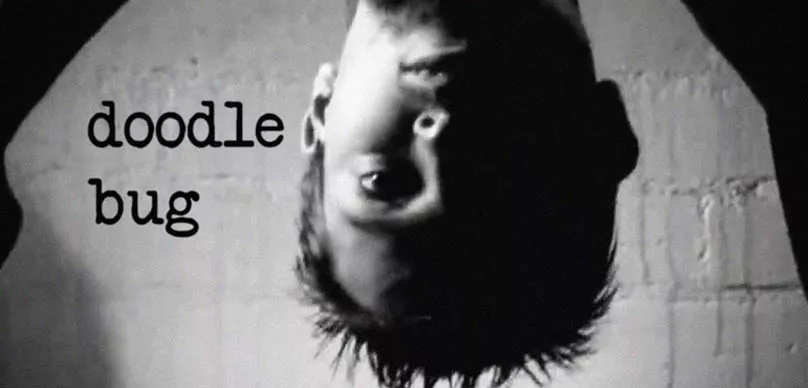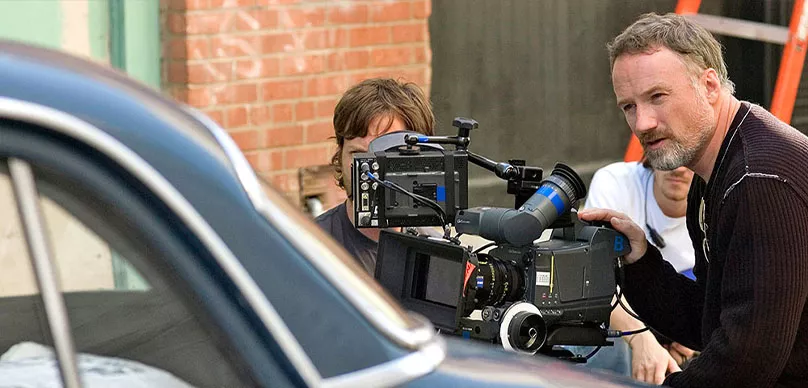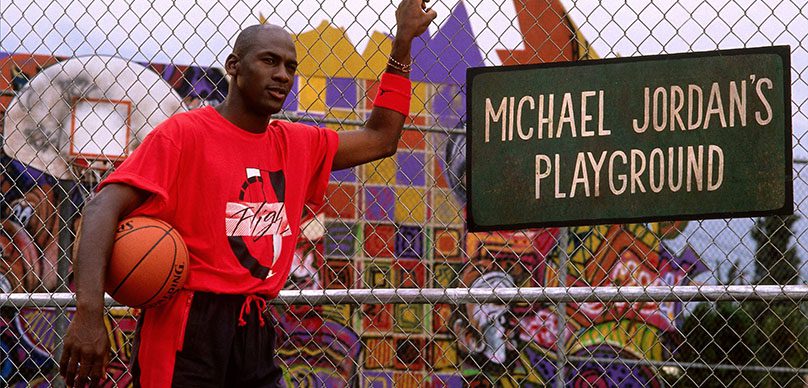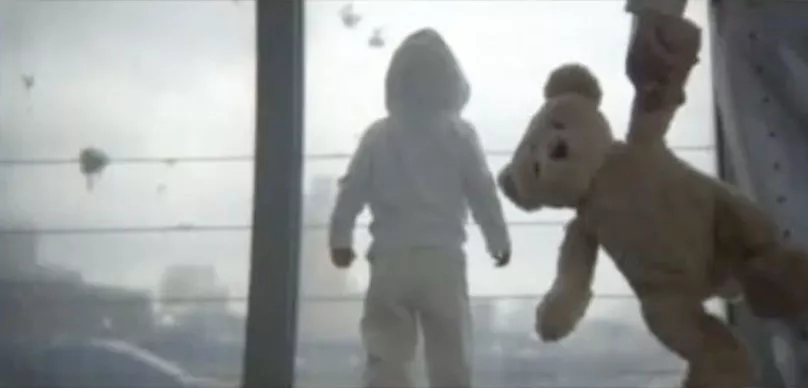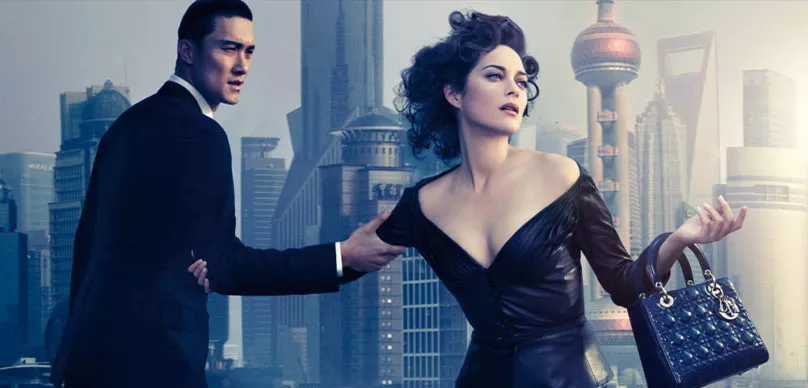Sometimes, a fresh face on screen carries with it the presence of a seasoned soul. On today’s episode, we welcome Shae Smolik, a young actress whose journey from Iowa’s quiet plains to the charged energy of a Los Angeles soundstage is not just a tale of ambition—it’s a study in raw talent meeting unwavering intention.
Shae Smolik, a ten-year-old performer with a natural grasp of storytelling through character, began her acting path with local modeling gigs in Iowa, gradually stepping into commercial work, then television, and ultimately landing the lead in a feature-length horror film. Her ascent wasn’t mapped out by Hollywood handlers but by an innate pull toward performance and a supportive network that recognized her gift. “I just come up with something right on the spot,” she said, explaining her approach to auditions. In an industry often bloated with over-rehearsed reads, her spontaneity feels like a directorial dream.
For filmmakers, Shae’s trajectory offers something valuable: a reminder that casting is not just about experience—it’s about presence. When she walked into the audition for The Hatred, she didn’t bring years of résumé padding; she brought soul. Reading the script, she said, “I need to book this… it’s just awesome. I’m the lead role.” That kind of conviction, when paired with emotional flexibility, is what elevates a performance beyond the page. And that’s exactly what she delivered on set.
In discussing the production of The Hatred, Shae recalled how overwhelming it was to see the rig—big cameras, lights, and a bustling crew—all for the first time. But that awe quickly turned into fuel. Her performance in the now-viral trailer (which clocked over 15 million views) is a masterclass in micro-expressions and atmospheric tension. “I was actually kind of scared,” she admitted about filming a pivotal bed scene. “But then you remember, the scary monster is your friend. He’s talking about his kids off-camera.”
That line, while endearing, is also a potent reminder of the strange alchemy we engage in as filmmakers. We invite children to confront shadows under stage lights, to summon emotion on cue, to find play in peril. And Shae Smolik does it with grace. She doesn’t treat set life as a mechanical job but as an immersive playground: “It’s not just being on set. It’s having fun.” The best directors know—that joy is often the most honest performance note.
Emotionally, she’s ahead of her years. “Getting emotional is something I’m really good at,” she shared, referring to the tear-stained moments she’s learned to summon with ease. Her coaches in L.A. helped hone this ability, but what can’t be taught is her refusal to fear mistakes. “If I mess up, it’s not the end of the world… there’s always another audition.” For creatives, that’s a mantra worth adopting in every failed take, scrapped scene, or hard note in post.
In one particularly haunting moment from The Hatred, Shae yells “No!” as her character watches a caretaker get dragged away. “It’s really emotional because she probably isn’t going to make it out alive,” she reflected. Whether you’re directing, scoring, or cutting that scene, you know it only lands if the performance does. And Shae lands it.


